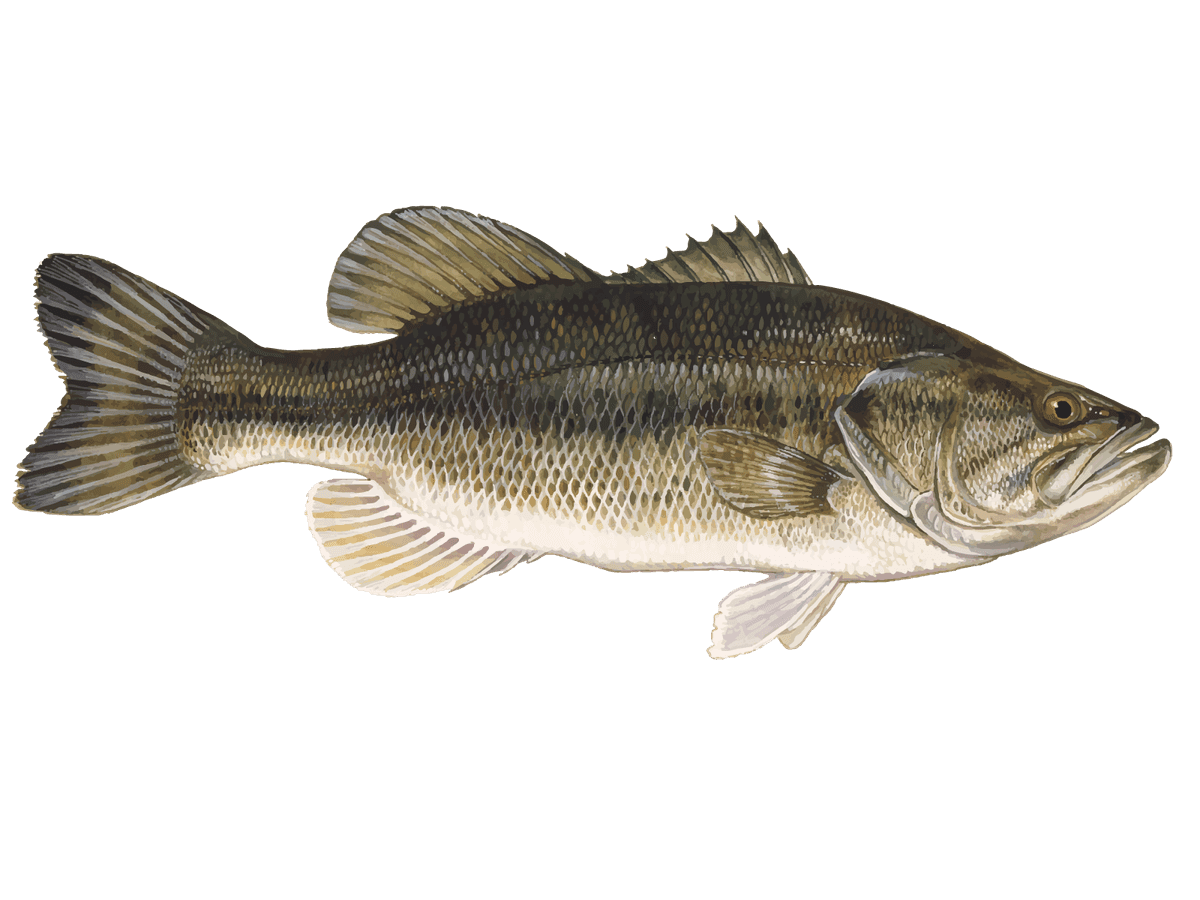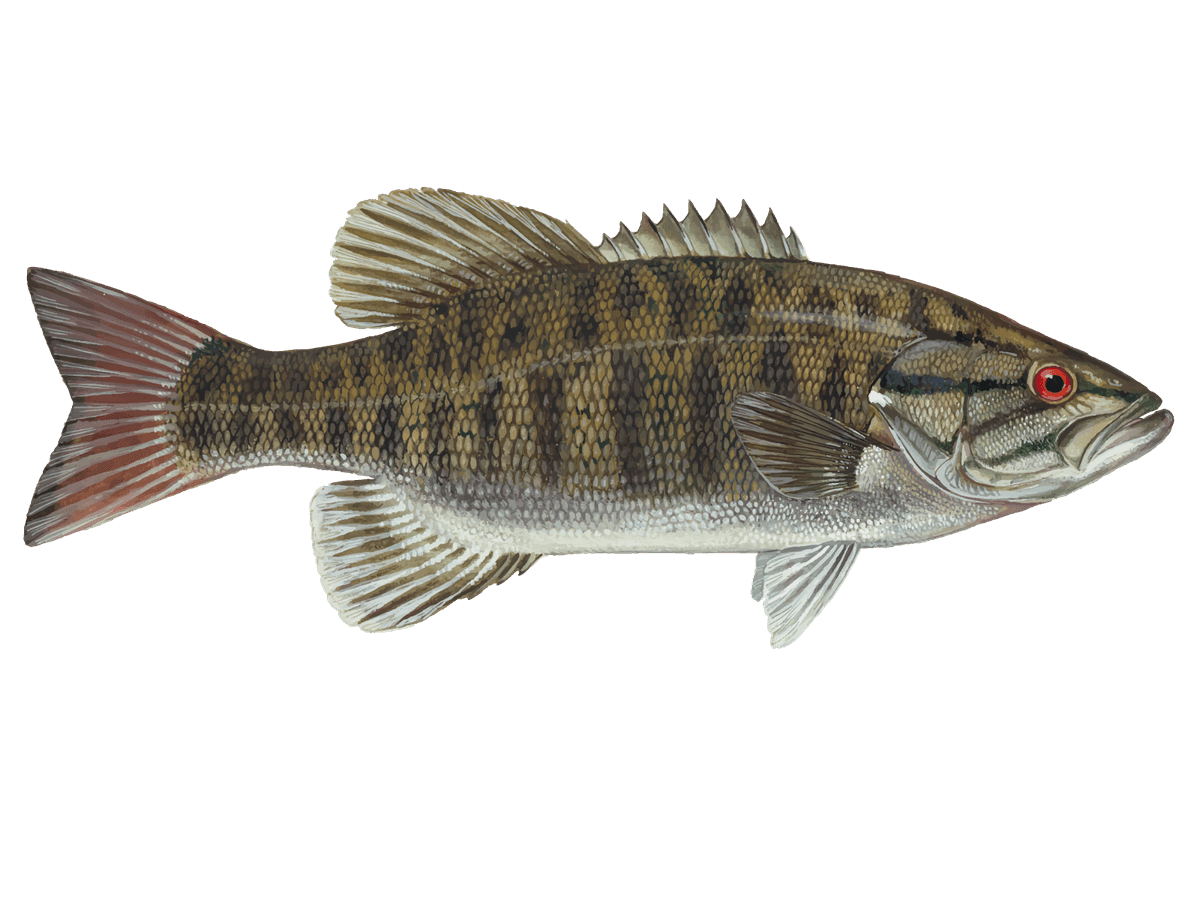Premier Central Texas Lake Fishing | Catch 512
- Published Date: September 15, 2025
- Fishing
- Austin
- $400 price range
Summary
%2F%2Fusers%2Fa731eafa-2f7e-4642-bec8-b636c8cf1d55%2Fratecard%2F468572108_122105610392636271_3344939958295642079_n-mfhmiy3p.jpg&w=1200&q=75)
Central Texas Catch


Cast Away in Central Texas: Bass & Catfish Adventure
Ready to wet a line in the heart of Texas? This 4-hour guided fishing trip on Central Texas lakes is your ticket to hooking into some serious freshwater action. Whether you're a seasoned angler or just starting out, we've got you covered with everything you need for a morning of chasing bass and catfish. From open water to shoreline spots, we'll put you on the fish and help you sharpen your skills. It's just you, your fishing buddies, and a boatload of opportunity out there.
Trip Overview
Rise and shine, anglers! We kick things off at 7 AM, perfect timing to catch that early bite. This half-day charter is all about giving you a taste of what Central Texas fishing is all about. We're talking Hybrid Striped Bass, Largemouth, Smallmouth, White Bass, and those hard-fighting Blue Catfish. Your guide's got all the gear and know-how to make sure you're fishing the right spots with the right techniques. It's a hands-on experience where you'll learn as you go, whether you're a first-timer or looking to add some new tricks to your fishing arsenal. And with just two spots available, you're getting a personalized trip that's hard to beat.
What to Expect on the Water
Once we push off from the dock, it's game on. We'll start by hitting some prime open water spots where those bass and stripers like to school up. Your guide will show you how to work different lures and read the fish finder to locate the hotspots. As the sun climbs, we might switch gears and work the shoreline, flipping jigs into cover for big largemouth or drifting cut bait for those bottom-dwelling catfish. Throughout the trip, you'll get hands-on practice with various techniques like Carolina rigging, drop shotting, or even some good old-fashioned bobber fishing if that's your style. The beauty of this trip is its flexibility – we adapt to where the fish are biting and what's working on any given day.
Why Anglers Keep Coming Back
There's something special about fishing these Central Texas waters that keeps folks coming back for more. Maybe it's the thrill of battling a hard-charging striper in open water, or the satisfaction of finessing a big largemouth out of a tight spot. Or perhaps it's just the peace of being out on the water as the morning mist burns off the lake. Whatever your reason, this trip delivers. Plus, with a local guide who knows these waters like the back of their hand, you're getting insider access to some of the best fishing spots around. It's like having a cheat code for catching fish.
Species You'll Want to Hook
Largemouth Bass: The king of freshwater gamefish, largemouth bass in Central Texas can grow to impressive sizes. These ambush predators love to hang around structure like submerged timber, weed edges, and docks. Spring and fall are prime times when they move shallow to feed aggressively. There's nothing quite like the explosive strike of a big largemouth smashing a topwater lure at dawn.
Striped Bass: Often called "linesiders," striped bass are hard-fighting fish that can really test your gear. In Central Texas, they often school up in open water, chasing bait fish. These powerful swimmers can grow upwards of 20 pounds in our lakes. Catching stripers on light tackle is an adrenaline-pumping experience that'll have you grinning from ear to ear.
Smallmouth Bass: Don't let the name fool you – smallmouth bass pack a serious punch for their size. These bronze-backed battlers prefer cooler, clearer waters and rocky habitat. They're known for their acrobatic fights, often leaping clear out of the water when hooked. Targeting smallmouth requires finesse and patience, but the reward is well worth it.
Blue Catfish: The gentle giants of our lakes, blue catfish can grow to enormous sizes. These whiskered bottom-feeders are most active in the warmer months and can be caught using a variety of baits. While they might not have the flashy reputation of bass, hooking into a big blue cat is an experience you won't soon forget. The fight is more of a powerful, bulldogging affair that'll test your arms and your drag.
Top Catches This Season
This year's been a hot one for fishing in Central Texas. We've been seeing some monster stripers coming out of the deeper holes, with a few lucky anglers landing fish in the 15-20 pound range. The largemouth bite has been on fire too, especially around dawn and dusk when they're hammering topwater lures. And let's not forget about those blue cats – we've had a couple of 30-pounders hit the boat this season, which is always a thrill. Whether you're after quantity or quality, the fishing's been top-notch across the board.
Time to Book Your Spot
Look, whether you're a die-hard angler or just looking to spend a quality morning on the water, this Central Texas fishing charter has got you covered. We provide all the gear, the know-how, and access to some of the best fishing spots in the region. It's a chance to learn new skills, catch some impressive fish, and create memories that'll last a lifetime. And with only two spots available per trip, you're getting a personalized experience that's hard to beat. So why wait? Grab your fishing buddy, book your spot, and get ready for a morning of rod-bending action on the lakes of Central Texas. Just remember, those deposits are non-refundable – but trust me, once you're out there with a bent rod and a screaming drag, you'll know it was worth every penny. Let's go fishing!
Learn more about the species
Blue Catfish
Blue catfish are the giants of our lakes, with some topping 50 pounds. They prefer deep, open water but will move shallow to feed. Look for them near channel edges, deep holes, and underwater humps. Blues are most active at night and on overcast days. Spring and fall offer the best fishing, but you can catch them year-round. Anglers target blues for their hard-pulling fights and excellent eating quality. To hook into a big one, use fresh-cut bait like shad or skipjack herring. Anchor up-current of a deep hole and let your bait settle on the bottom. Blues have an incredible sense of smell, so the fresher the bait, the better. A local trick: use a fish-finder to locate schools of shad, then fish the deeper water nearby. That's where big blues often lurk, waiting to ambush passing baitfish.

Largemouth Bass
Largemouth bass are the heavyweights of Central Texas lakes, often reaching 5-10 pounds. You'll find them lurking near submerged logs, weed beds, and drop-offs. These ambush predators are most active in the cooler morning and evening hours. Spring and fall are prime seasons, but you can catch them year-round. Largemouth put up a thrilling fight, making sudden dives and powerful runs that'll test your skills. They're also tasty eating if you choose to keep one. To entice a big one, try working a plastic worm slowly along the bottom near structure. When you feel that telltale tap-tap, pause for a moment before setting the hook – that's when they're most likely to fully take the bait. Topwater lures at dawn can also produce explosive strikes that'll get your heart racing.

Smallmouth Bass
Smallmouth bass in our Central Texas waters typically run 2-4 pounds, though bigger ones lurk in deeper holes. These bronzebacks prefer cooler, rocky areas with some current. Look for them around points, submerged boulders, and along drop-offs. They're most active in spring and fall when water temperatures are moderate. Smallmouth are prized for their acrobatic fights – they'll leap clear out of the water when hooked. They're also excellent table fare. To target them, try soft plastic jigs or tubes dragged along the bottom. Small crankbaits that mimic crawfish are another top producer. One local tip: when the water's clear, switch to light line and natural-colored lures. Smallmouth have keen eyesight and can be line-shy. Early mornings often provide the best action, especially with topwater lures walked slowly across calm water.

Striped Bass
Striped bass are hard-fighting fish that can reach 20-30 pounds in our lakes. Look for them in open water, often chasing shad near the surface. They prefer cooler, deeper areas in summer but move shallow in spring and fall. Stripers are schooling fish, so when you find one, you've likely found many. They're most active at dawn and dusk. Anglers love targeting stripers for their powerful runs and the challenge of locating them. They're also excellent eating. To improve your chances, try trolling with live shad or large swimbaits. Watch for diving birds – that's often a sign of stripers feeding on baitfish near the surface. When you hook one, be ready for a fight. These fish will make long, strong runs and can easily break light tackle. A local trick: on calm mornings, look for surface disturbances that indicate feeding stripers, then cast topwater lures into the fray.

About the Catch 512 Guide Boat
%2F%2Fusers%2Fa731eafa-2f7e-4642-bec8-b636c8cf1d55%2Fvehicle_picture%2Fboat.jpg&w=1200&q=75)
Vehicle Guest Capacity: 2
Manufacturer Name: Yamaha
Maximum Cruising Speed: 50
Number of Engines: 1
Horsepower per Engine: 115
%2Ffit-in%2F250x250%2Fguide_websites%2F14479%2Fimages%2F1733876972278468401439_122102479304636271_6853748875679773116_n.jpg&w=1200&q=100)
%2Fusers%2Fa731eafa-2f7e-4642-bec8-b636c8cf1d55%2Fimages%2Flargemouth-bass-austin-fishing-2848.jpg&w=768&q=75)
%2Fusers%2Fa731eafa-2f7e-4642-bec8-b636c8cf1d55%2Fimages%2Ffishing-expedition-austin-2630.jpg&w=768&q=75)
%2Fusers%2Fa731eafa-2f7e-4642-bec8-b636c8cf1d55%2Fimages%2Ffishing-fun-austin-2417.jpg&w=768&q=75)
%2Fusers%2Fa731eafa-2f7e-4642-bec8-b636c8cf1d55%2Fimages%2Fbest-fishing-austin-2451.jpg&w=768&q=75)
%2Fusers%2Fa731eafa-2f7e-4642-bec8-b636c8cf1d55%2Fimages%2Ffishing-adventure-texas-2552.jpg&w=768&q=75)
%2Fusers%2Fa731eafa-2f7e-4642-bec8-b636c8cf1d55%2Fimages%2Flargemouth-bass-austin-3156.jpg&w=768&q=75)
%2Fusers%2Fa731eafa-2f7e-4642-bec8-b636c8cf1d55%2Fimages%2Ffishing-austin-adventure-3096.jpg&w=768&q=75)
%2Fusers%2Fa731eafa-2f7e-4642-bec8-b636c8cf1d55%2Fimages%2Ffishing-adventure-austin-3181.jpg&w=768&q=75)
%2Fusers%2Fa731eafa-2f7e-4642-bec8-b636c8cf1d55%2Fimages%2Ffishing-fun-austin-2948.jpg&w=768&q=75)
%2Fusers%2Fa731eafa-2f7e-4642-bec8-b636c8cf1d55%2Fimages%2Flargemouth-bass-austin-fishing-3090.jpg&w=768&q=75)
